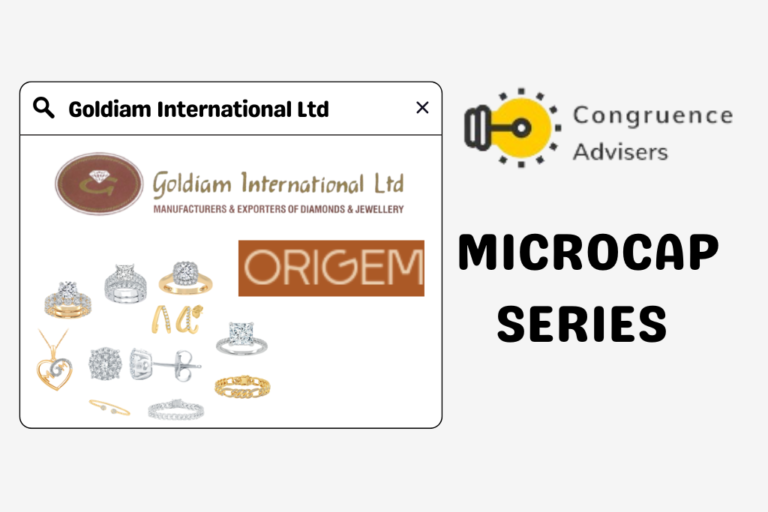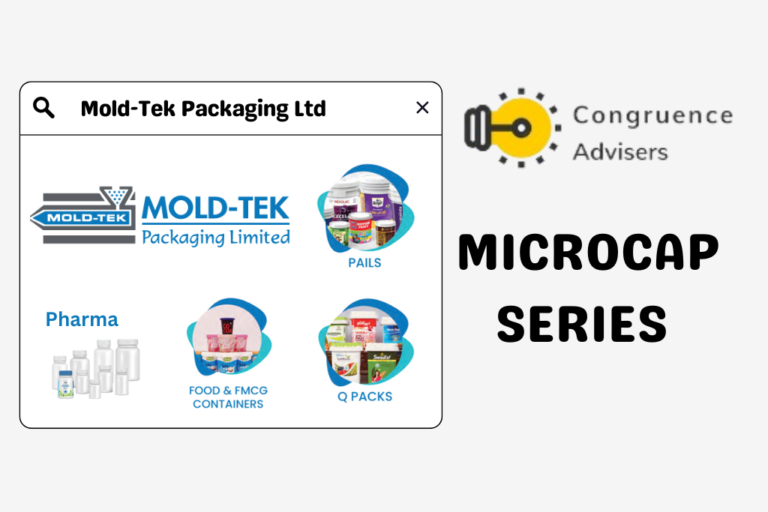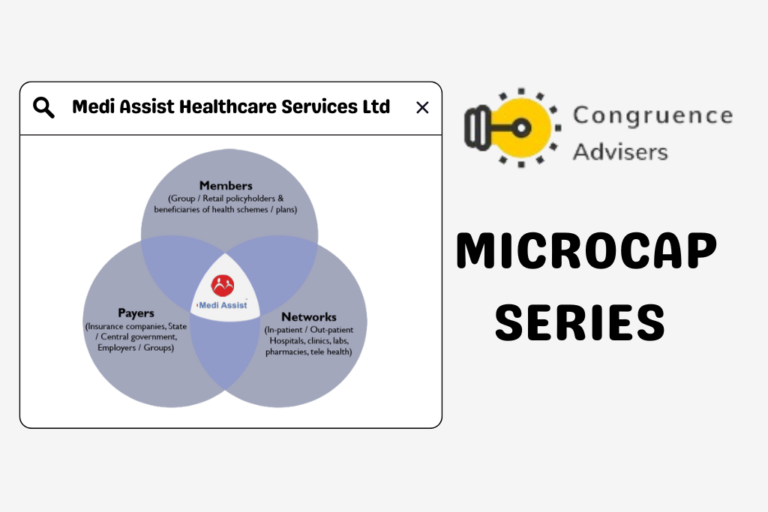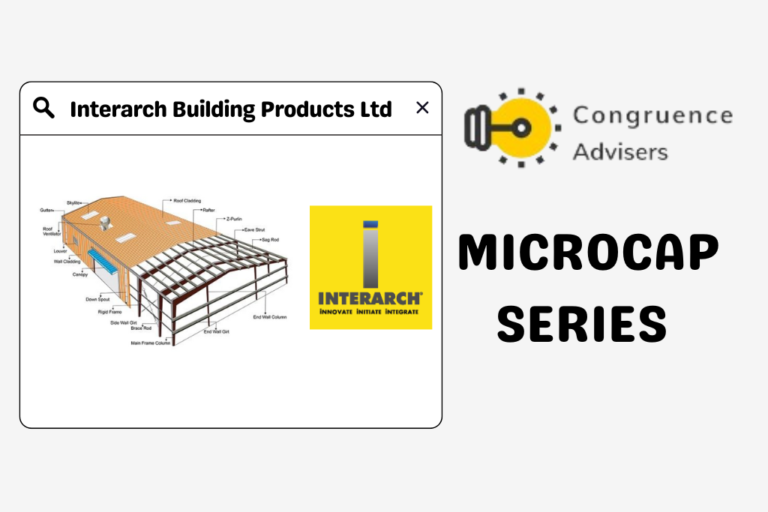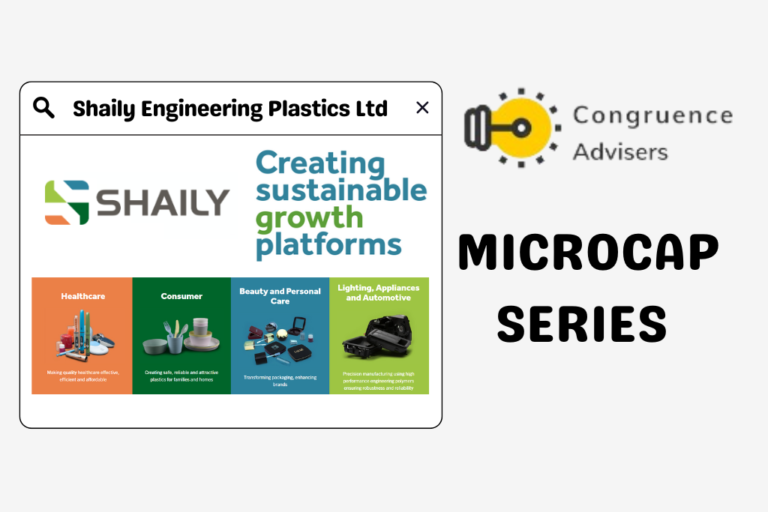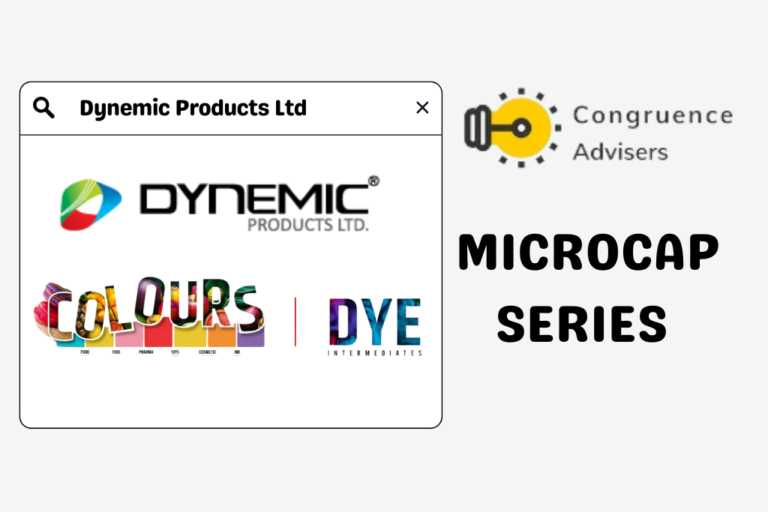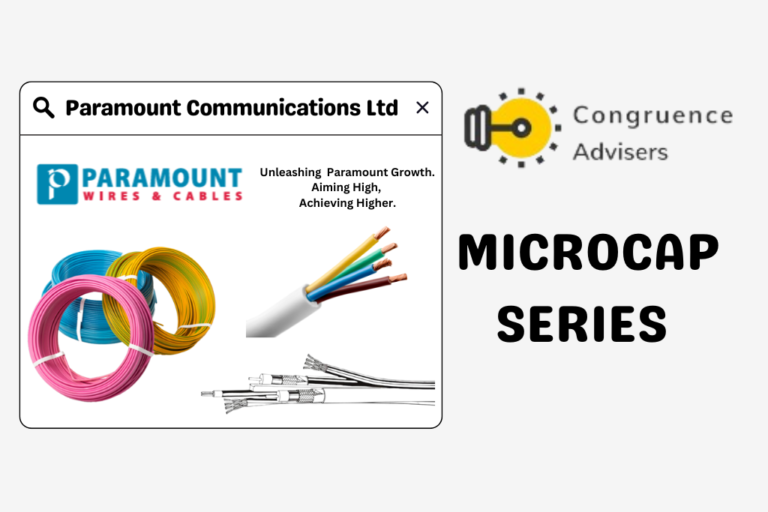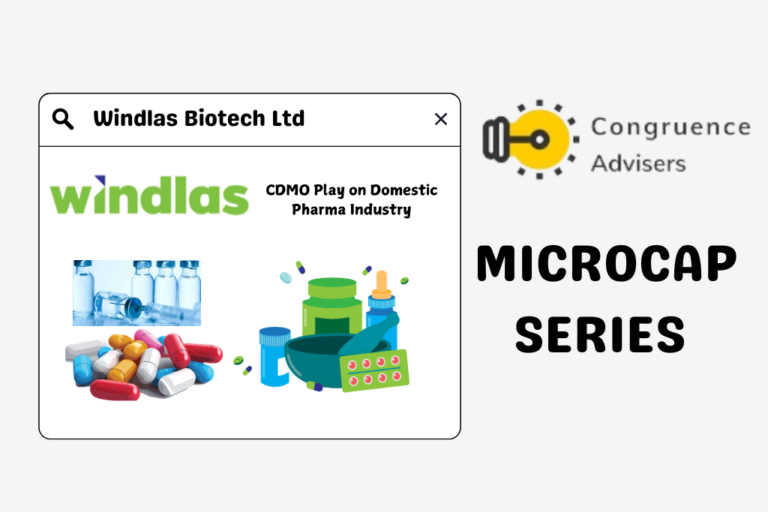The difference between microcap, small cap, midcap & large cap categories is based on market capitalization as per the regulatory framework.
The difference in market capitalization is accorded to a business by the equity market is largely based on the following factors –
- Current scale of operations
- Estimate of future growth rate of revenue, profits & cash flows
- The quality, predictability and durability of the future growth
- Assessment of business quality and management quality
- Assessment of terminal value for the business
- Current market sentiment
As per the industry classification, the top 100 stocks by market capitalization are classified as large cap stocks. These businesses are usually characterised by professional managers, healthy corporate governance, wide coverage across sell side research, adequate free float, and wide institutional ownership. The bulk of the mutual fund AUM (more than 50%) usually gets invested into these top 100 stocks; hence price discovery is very refined with minimal information & analytical asymmetry. For this reason, it is very difficult for retail investors to deliver higher than market return by investing in a large cap heavy strategy. Active investing in large caps would need a very good understanding of behavioural factors in investing and the ability to stay patient for years together. At Congruence Advisers we do have exposure to large cap stocks but with a predominantly value investing bias. We need to see attractive prices for us to consider investing in large cap stocks.
The next 150 stocks by market capitalization are classified as midcap stocks. This category is not as homogenous as large caps since some midcaps manage to hold onto the flavour of a promoter owned and promoter run organisation. Institutional ownership, sell side coverage tend to taper down as one goes lower down the market capitalization curve. In a historical sense, midcaps have delivered healthier returns than the large cap category but there is some amount of cyclicality involved here too. There have been periods where midcap stocks have underperformed the return delivered by the frontline large cap stocks.
Stocks outside of the top 250 stocks by market capitalization are classified as small cap stocks. Microcap stocks form a subset of small caps going by this approach.
The key mental model to understand here is that the market capitalization of a business reflects both the current business situation and the prospects. We have some businesses that are very large in scale right now but with muted future growth expectations compared to the GDP growth rate of the country. In such cases, the market capitalization accorded to the business is driven more by the current revenue, profits, and cash flows of the business rather than the prospects. Separating both components and having a well-rounded view on the prospects is the essence of prudent investing.
In microcap stocks where the current scale of business is likely to be very small, a bigger part of the valuation is driven by an assessment of future earnings. By design, assessments are subject to probability while the current business scale is a fact. For this reason, higher volatility in stock prices is to be expected if one is dabbling exclusively in the microcap segment. For the same amount of turbulence, a smaller aircraft will be more affected compared to a large aircraft.
“Please fasten your seatbelts” should be a mandatory caution for investors who choose to focus exclusively on small caps and microcaps.
Learn to walk before you run
Ensure that you survive today before you hope to thrive tomorrow







